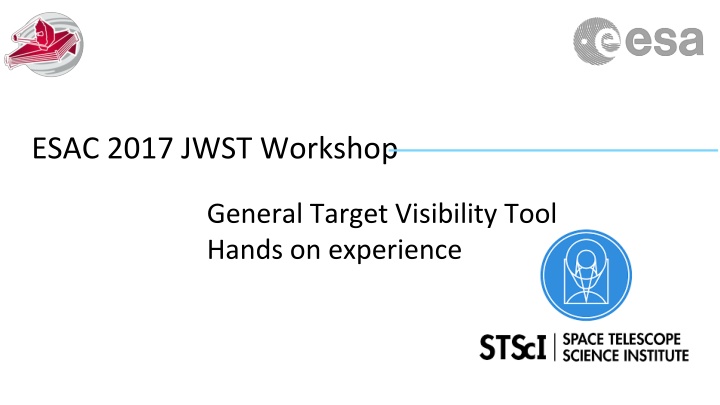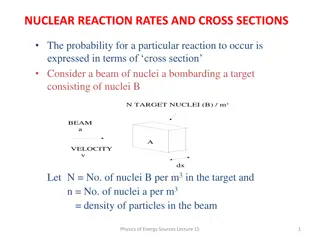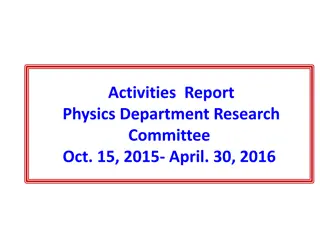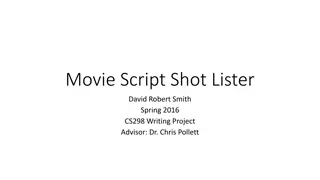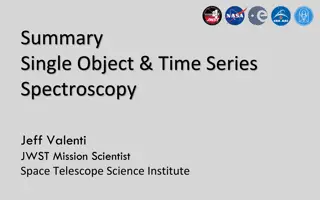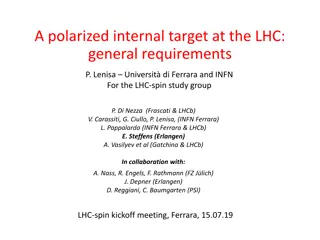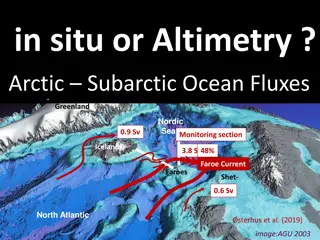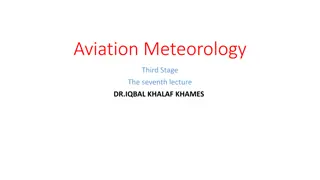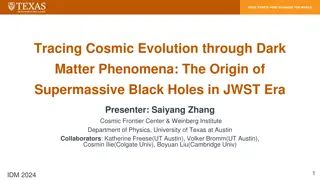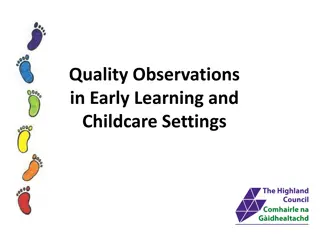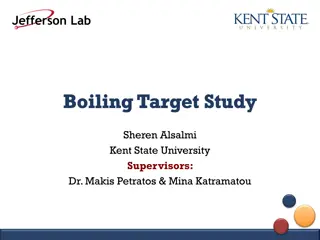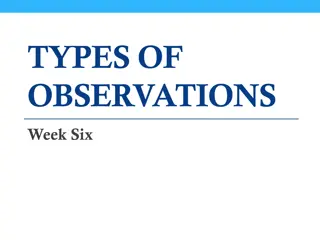Optimizing JWST Observations: Target Visibility Tool Insights
Enhance your JWST observation scheduling with the Target Visibility Tool. Gain insights into visibility windows, Position Angles, and instrument specifics for precise observation planning. Understand the complexity of scheduling beyond target visibility and utilize APT for final observation schedulability. Learn how to link different observations with special requirements effectively. Explore real-world cases to apply tool functionalities and improve your observations.
Download Presentation

Please find below an Image/Link to download the presentation.
The content on the website is provided AS IS for your information and personal use only. It may not be sold, licensed, or shared on other websites without obtaining consent from the author.If you encounter any issues during the download, it is possible that the publisher has removed the file from their server.
You are allowed to download the files provided on this website for personal or commercial use, subject to the condition that they are used lawfully. All files are the property of their respective owners.
The content on the website is provided AS IS for your information and personal use only. It may not be sold, licensed, or shared on other websites without obtaining consent from the author.
E N D
Presentation Transcript
ESAC 2017 JWST Workshop General Target Visibility Tool Hands on experience
Things to remember This tool provides an overview of visibility windows and PA availability for each SI as a function of time The schedulability of a given observation is more complex than just the target visibility as it also involves the availability of guide stars and possible other constraints imposed at proposal level. APT should be used to provide the schedulabilty of the final observations. NIRSpec and MIRI instruments have their y axis offset from the observatory V3 axis User should be careful when linking different observations with the Same PA as special requirement since different Instruments have different PAs Documentation : https://jwst-docs.stsci.edu/display/JPP/JWST+Target+Visibility+Tools
Syntax usage: jwst_gtvt [-h] [--v3pa V3PA] [--save_plot SAVE_PLOT] [--save_table SAVE_TABLE] [--instrument INSTRUMENT] [--name NAME] [--start_date START_DATE] [--end_date END_DATE] ra dec positional arguments: ra Right Ascension of target in either sexagesimal (hh:mm:ss.s) or degrees. Declination of target in either sexagesimal (dd:mm:ss.s) or degrees. dec optional arguments: -h, --help --v3pa V3PA --save_plot SAVE_PLOT REMEMBER: Type show this help message and exit Specify a desired V3 (telescope frame) Position Angle. Path of file to save plot output. --save_table SAVE_TABLE Path of file to save table output. --instrument INSTRUMENT If specified plot shows only windows for this instrument. Options: nircam, nirspec, niriss, miri, fgs, v3 (case insensitive). --name NAME Target Name to appear on plots. Names with space should use double quotes e.g. "NGC 6240". --start_date START_DATE Start date for visibility search in yyyy-mm-ddformat. Earliest available is 2018-01-01. --end_date END_DATE End date for visibility search in yyyy-mm-dd format. Latest available is 2021-12-31. source activate astroconda at the terminal prompt before running this session Cheat sheet of available command line flags
Case 1 Find the visibility and available Position Angles for an object in the ecliptic plane NGC4579 : 2:37:43.597 +11:49:05.12 Just for the period Oct 1st2019 Oct 1st2020
Case 2 Find the visibility and available Position Angles for NGC4151 : 12:10:32.5834 +39:24:21.031 Just for for the period Oct 1st2019 Oct 1st2020
Case 3 Find the visibility and available Position Angles for NGC 1850 : 05:08:45.79 -68:45:38.6 for the period Jun 1st2019 Jul 31st2020 For NIRCam only Save the plot to a file instead
Solutions Case 1: jwst_gtvt 12:37:43.597 +11:49:05.12 --start_date 2019-10-01 --end_date 2020-10-01 --name 'NGC4579' NOTES: Overall very limited visibility and limited PAs separated by ~6mos. (Ecliptic latitude is 14.6 degrees) Case 2: jwst_gtvt 12:10:32.5834 +39:24:21.031 --start_date 2019-10-01 --end_date 2020-10-01 --name "NGC 4151" NOTES: different PAs between NIRCAM and NIRSpec. Overall very limited visibility and limited PAs. NIRCam pre-imaging + MOS could be quite difficult to schedule in the same visibility window, but could be done in the cycle (pre-imaging first window, MOS in second window. (Ecliptic latitude is 36 degrees) Case 3: jwst_gtvt 05:08:45.79 -68:45:38.6 --name "NGC 1850" --instrument NIRCAM --start_date 2019-06-01 --end_date 2020-07-31 -- save_plot ./test NOTES: the plot will not be displayed on screen, just saved on disk as test.png in the local directory Target close to the galactic pole, continuous visibility, all PAs available. (Ecliptic latitude is -85 degrees)
